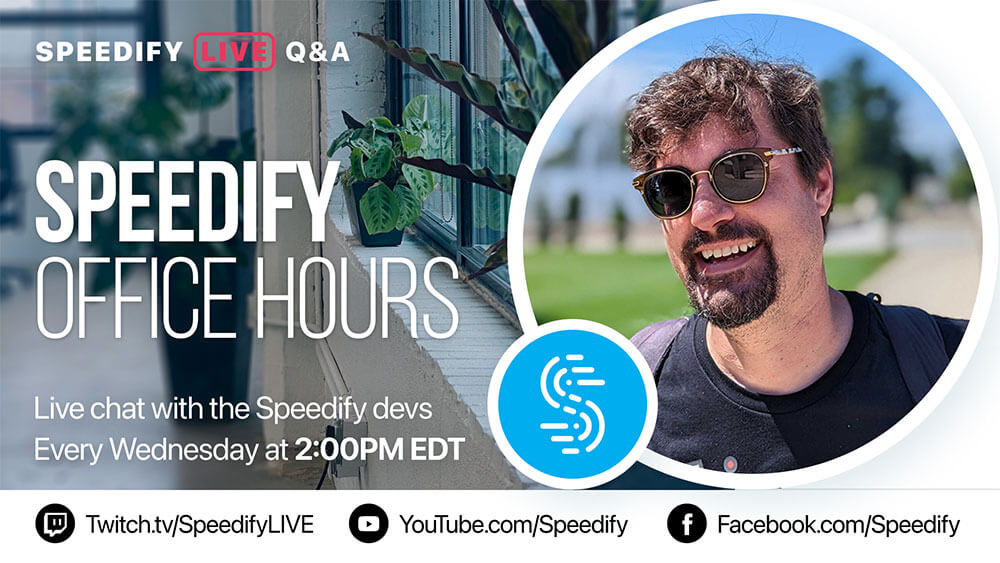4/24 @ 10am EDT – How should you prioritize internet connections? | Ask the CEO your tech questions
LIVE on YouTube, Twitch, and FacebookJoin us LIVE for Q&A and Speedify tech support with Speedify CEO Alex Gizis and our developers!


On the 123rd episode of Speedify LIVE we hold our weekly Office Hours in yet another Developer Takeover, hosted by our very own Brian and Kevin.
As per usual, we answer viewer questions, discuss what’s new and what’s yet to come in Speedify, and talk about the many different ways we test Speedify to make sure it works well for everyone.
Here are our 5 takeaways from our Office Hours:
We do lots of in-the-field, real world testing. We go out and do livestreams with Speedify. That’s another great way to test it. Trying to use it in the ways that users actually use it. So, we have a whole combination of lots of different things that we do to make sure that Speedify works well.
Join us LIVE for Q&A and Speedify tech support with Speedify CEO Alex Gizis and our developers!
Get news, success stories, and our weekly livestreaming show Speedify LIVE! Tune in to chat and ask questions or to yell at us if that makes you happy. We're from Philly, we can take it.
